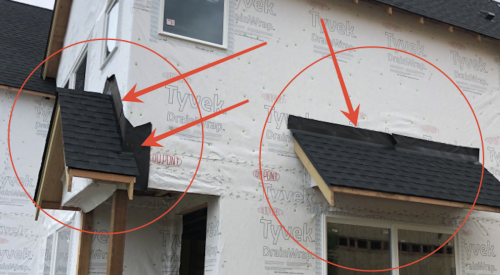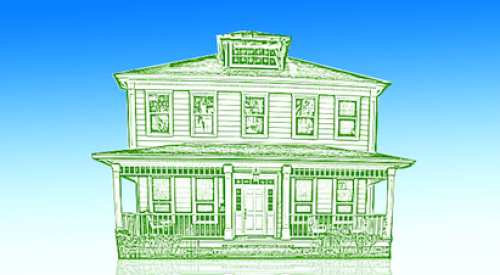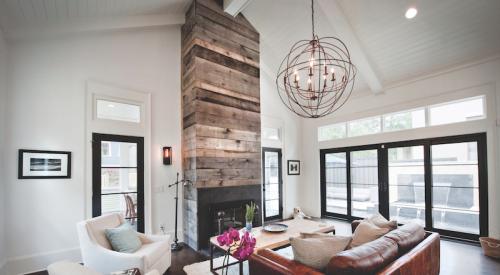| Edward Caldeira, Director of Quality Resources, NAHB Research Center
|
With construction defect lawsuits all too common, home builders might be challenged to demonstrate that every reasonable effort was made to ensure construction quality. Many builders believe they have a sound quality system in place, yet few builders have proof of their efforts. Even with good intentions, committed employees and competent trade contractors, builders without a documented system cannot convince anyone that their quality practices are sound or applied consistently. A formal quality assurance (QA) system can meet the legal challenge.
With dozens of trade contractors and thousands of building components, records that document sound construction practices can seem like a paperwork nightmare to any builder. Records should be kept as simple as possible. A look at how attorneys use the documentation helps focus on the right information.
Often, plaintiff attorneys use state-of-the-art practices to establish a reference standard of performance. In 1987, the U.S. Department of Commerce established ISO 9000 as a national standard for QA systems. In many industries, attorneys try to make the case that anything less than ISO 9000 quality practices is negligent. An attorney likely will expect documented evidence of the following:
These are all elements of a sound QA system that can be documented by a manual of policies and procedures. The NAHB Research Center publication Quality Assurance System for Wood Framing Contractors can serve as a model QA system for residential construction. It provides guidelines for QA procedures based on ISO 9000 quality management principles. It applies to all types of trades, with specific guidelines for framing.
Having a QA system is only part of the story. Records demonstrating that the system is being followed must be produced. Record-keeping requirements should be built into the QA procedures; for example, inspectors should use specific forms that are retained for three years.
Formal QA systems not only prevent defects, they also provide evidence necessary for a defendable position. Start now and be prepared for an attorney challenge.
For a free "Defendable Position Fact Sheet," contact the NAHB Research Center’s ToolBase Hotline by e-mail at toolbase@nahbrc.org or call 800/898-2842.












